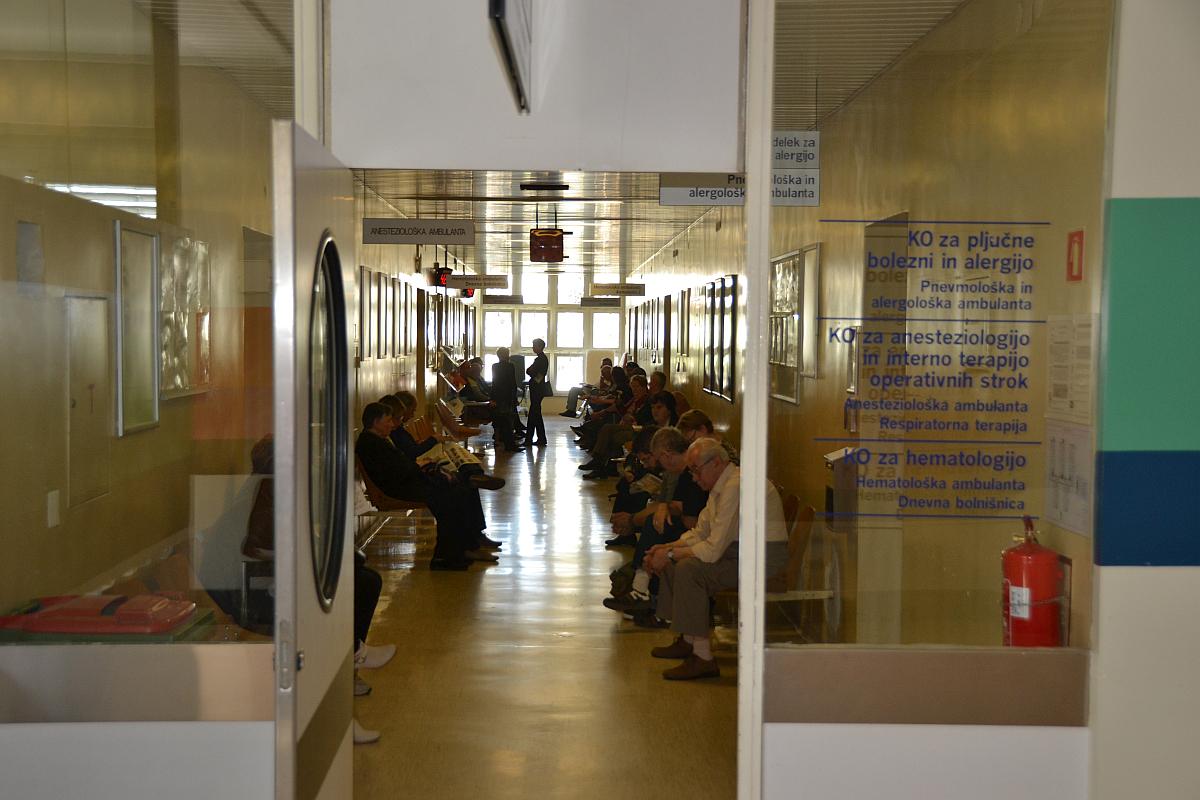
Some hospital waiting times have shortened while other have become even longer. In June there was an extremely long waiting time at the rheumatology department, and in July the same has happened at the departments for maxillofacial surgery and dermatology. At the same time the processing of patients has been speeded up for varicose veins surgery and operations on the peripheral vascular system, for spine surgery, hernia operations, surgery on the carpal tunnel and other diagnostics.
The average waiting time for a first appointment has increased the most at the dermatology department, where patients have to wait 20 days longer than in the previous month. Waiting times have also increased for maxillofacial surgery, at the psychiatric ward, at the department of neurology, as well as at cardiology and urology hospitals.
Waiting times have shortened at the hospitals for oral surgery, gynaecology and orthopedics, where patients have to wait 5 day less on average. The number of waiting patients has increased the most at the dermatology department – 800 patients - while another 300 are waiting for physiotherapy.
The number of waiting patients has decreased the most at the ophthalmology department, where there are around 2,400 less patients than before. There are also fewer patients at the cardiology and orthopedic hospitals. Otherwise, the total number of patients waiting for a first appointment has dropped by around 4,400. Out of the 48 health institutions, analyzed by the public health institute, waiting times have increased at 25 of them, the most – 100 days - for sclerotherapy for varicose veins. That’s followed by waiting times for toe surgery, shoulder ultrasound scnas, knee arthroscopy, as well as for heart ultrasound and CT scans. Waiting times have shortened the most for operations on the peripheral vascular system, and surgeries on varicose veins and the carpal tunnel.
Although the total number of waiting patients has decreased by around 1,500, the number of patients waiting longer than allowed continues to rise. There are 15% more patients that have been waiting for a first appointment for longer than allowed, and at one of the 48 analyzed health institutions the percentage rate is 2,3% higher compared to the previous month.
Helena Lovinčič, Radio Slovenija; translated by K. J.

































































